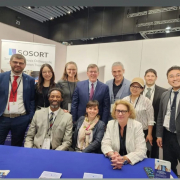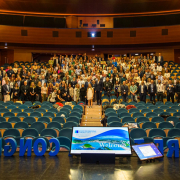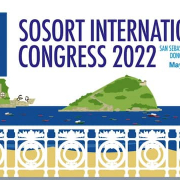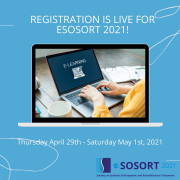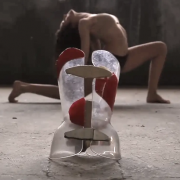Dr. Sabrina Donzelli, the next president, tells us about the SOSORT conference
Once again, the international SOSORT conference was one of the most important appointments for our institute (eight abstracts were presented), and with a cherry on top, the fifth SOSORT Award was won!
We asked Dr Sabrina Donzelli, physiatrist and president of SOSORT in 2024, the first woman to hold this position, to tell us something more about the event, given that she was one of the three Isico specialists present in Melbourne (the others were Dr Fabio Zaina and our director of physiotherapy, Michele Romano).
1) What did participating in this event mean to you?
For the first time, SOSORT participated in Spineweek. Spineweek is an event that occurs every four years and brings together many societies dedicated to various aspects of the spine. This event allows participants to follow different companies by participating in a single event. It provides the other companies involved greater visibility or the possibility of being known and attracting new members.
The event was a success for SOSORT thanks to the number of participants and presentations. SOSORT is growing, and this experience was another opportunity for growth for the company, which is preparing to organize its first annual congress with total autonomy.
2) What were the major scientific innovations?
Dr Angelo Aulisa presented a remarkable study on the efficacy of braces in patients with Scheuermann with a 10-year follow-up. It is the first study to explore this area with such an extended follow-up.
Comparison studies are starting to emerge, for example, between braces at different dosages or nighttime bracing compared with exercises only; unfortunately, the quality of these studies is limited, and the results still need to be evaluated with caution.
We are also witnessing an increasing collaboration between surgery and rehabilitation treatment in a great communication effort to learn how to manage better patients who have surgical indications and those who would like a surgical approach but could benefit from conservative treatment. The president of the SRS (Scoliosis Research Society), Dr Serena Hu, showed the innovations in the surgical field; indeed, there are still many challenges to reducing invasiveness with the same effectiveness.
3) The SRS also has a female president for the first time, and your successor in the SOSORT presidency is the Croatian doctor Suncica Bulat Wuerching. There are more and more women, so how are you experiencing this moment of transition to your presidency?
We women play a fundamental role in the scientific world, like our colleagues, and this can only fill me with satisfaction for the work we carry out with great determination and professionalism. In terms of my position, it will be a great responsibility to lead the company through this transition. Still, I am delighted to work with a fantastic team of professionals, starting with the current president, James Wynne.

